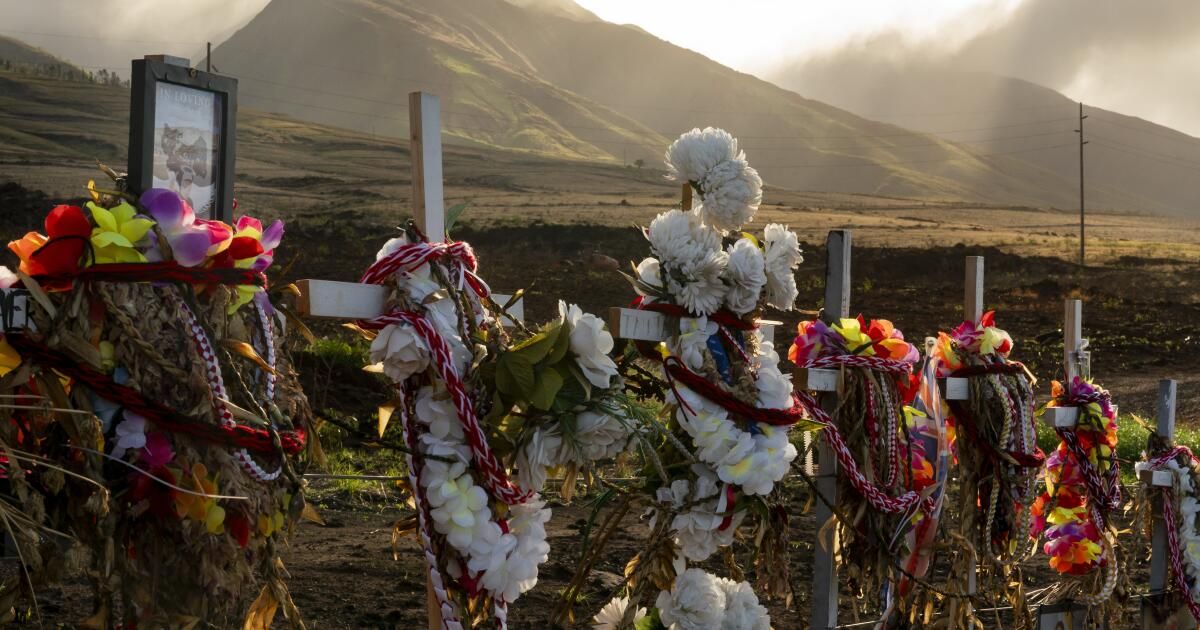This week, 13 young Hawaiian plaintiffs were set to take the state Department of Transportation to court for failing to make real progress in reducing planet-warming pollution. Instead, on the eve of their court date, the young people signed a groundbreaking agreement with Hawaii’s governor, ushering in a new phase of climate litigation.
The resulting agreement will accelerate Hawaii's progress toward a zero-emission transportation system and could serve as a roadmap for other advocates seeking to gain ground on urgent climate goals.
Several states, including Alaska, Florida, Utah and Virginia, face similar lawsuits brought by young people over their alleged failure to reduce greenhouse gas emissions. Unlike their counterparts in Republican states, officials in Ocean-leaning Hawaii have sought to take the lead on climate. They have crafted ambitious laws to mitigate climate change and set long-term goals to reduce greenhouse gas pollution.
In addition to a statewide 2045 carbon neutrality goal, the state Legislature enacted a 2030 emissions reduction goal and specifically aimed to decarbonize the transportation sector, the largest source of climate emissions in Hawaii. The state's 2050 sustainability plan promises a transition of the entire state fleet to zero-emission vehicles by 2035.
But ensuring implementation of such promises is difficult, and even more so is the lack of intermediate targets on the way to distant goals. The Hawaii plaintiffs argued that state officials have ignored their own objectives by failing to take meaningful action to reduce climate emissions from transportation sources. They argued that in doing so, the state breached its constitutional duty to protect natural resources from climate change and disasters like last year’s unprecedented wildfires on Maui. Their suit alleged that the defendants “harmed and violated the young plaintiffs’ right to a clean and healthy environment, including the right to a life-sustaining climate system.”
In that way, Hawaii’s lawsuit focused not on a complete failure to adopt meaningful climate policies but on essential questions about follow-through. The issue at trial would not have been whether officials made good laws but rather what happened after they did. In an era of proliferating climate pledges in liberal-leaning states like California, New York and Hawaii, that’s a deep and important question.
The resulting settlement answers that question by providing benchmarks for a greenhouse gas reduction plan that will be overseen and enforced by a court through 2045 or until Hawaii reaches its net-zero emissions goal, “whichever comes first.”
Under the agreement, the state must set interim decarbonization goals for the transportation sector in 2030, 2035 and 2040; report annually on its progress toward those goals; reform elements of the Department of Transportation’s planning and budget to align with the state’s climate goals; and spend millions of dollars in the near term on low-carbon infrastructure such as electric vehicle charging stations and bike lanes. The agreement also creates new leadership positions within the department charged with addressing climate change.
The agreement is far from being a panacea. For example, leave for another day the question of exactly how ambitious Hawaii's interim decarbonization goals should be.
However, the agreement is pioneering in several aspects. First, “it shows other governments the benefits of working with young people, not against them,” said Andrea Rodgers of Our Children's Trust, one of the public interest law firms that represented the plaintiffs. “This is the first time a government has decided to do that.”
As their lawsuit noted, the plaintiffs — including surfers, divers, spearfishermen and regenerative farmers — have suffered climate anxiety, disruption of traditional ways of life and, in some cases, destruction of their homes. Without ever setting foot in court, they more or less won the measure of justice they sought.
By deciding to settle with the youth rather than go to trial, Hawaii Governor Josh Green (yes, Green is his real name!) set a higher bar for what a state leader who takes action can achieve. seriously about climate change and its consequences. It's a dramatic contrast to climate change deniers like Florida Governor Ron DeSantis.
The result also offers a model for others seeking to ensure climate commitments are met, which can be a difficult task. As Hawaii's government argued before the deal, long-term climate goals offer little leverage for today's litigants. A 2045 carbon neutrality goal, for example, creates a number of challenges by not specifying which sectors must reduce emissions, by how much, and by what dates. But the broader question of how to ensure that long-term climate goals have traction couldn't be more important.
Democratic-controlled states like California have acted as bellwethers for climate policy, in part by setting ambitious climate goals. We now have an example of turning such lofty promises into court-enforced measures to decarbonize a critically important sector.
This case is a resounding endorsement of the courts’ ability to address climate change. Many defendants facing climate lawsuits (including Hawaii officials in the early stages of this case) often protest that climate change policies should be made by lawmakers, not judges. This landmark settlement demonstrates that courts can hold decision-makers accountable if they fail to keep their promises.
Cara Horowitz is the executive director of the Emmett Institute on Climate Change and the Environment at UCLA. The law's school. Evan George is the institute's communications director.












